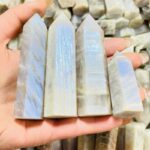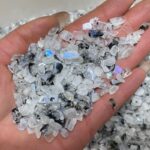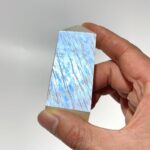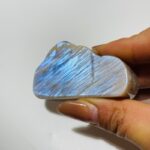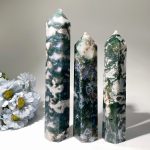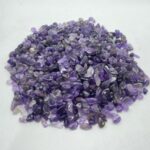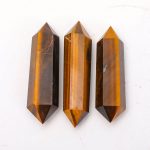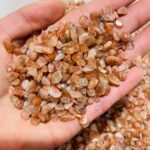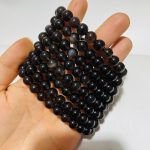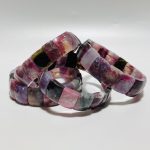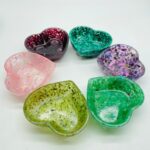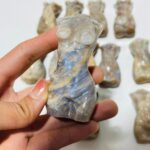Introduction

Gold crystals, also known as gold nuggets, are naturally occurring formations of gold that have a distinct crystalline structure. They are highly valued for their beauty, rarity, and investment potential.
Properties of Gold Crystals
Gold crystals typically exhibit a cubic or octahedral shape, with well-defined facets and sharp edges. They range in size from microscopic grains to large, multi-kilogram nuggets. Pure gold crystals have a bright, metallic luster and a density of around 19.3 grams per cubic centimeter.
Formation of Gold Crystals
Gold crystals are formed through a process of hydrothermal deposition. Gold-bearing fluids, often associated with volcanic activity, flow through cracks and fissures in rocks. As the fluids cool and decompress, the gold precipitates out of solution and crystallizes.
Gold Crystals vs. Gold Ore
- Composition: Gold crystals are pure gold, while gold ore contains gold mixed with other minerals.
- Value: Gold crystals are more valuable than gold ore due to their higher purity and aesthetic appeal.
- Extraction: Gold crystals require less processing to separate from impurities compared to gold ore.
Applications of Gold Crystals
- Jewelry: Gold crystals are used in high-end jewelry due to their unique beauty and durability.
- Investment: Gold crystals are considered a safe haven investment, as they retain their value during economic downturns.
- Industrial: Gold crystals are used in dentistry, electronics, and aerospace applications due to their excellent electrical conductivity and malleability.
Future Trends and Innovations
- Nanotechnology: Gold crystals are being explored for use in advanced nanomaterials and electronics.
- Medical devices: Gold crystals have potential applications in biomedical devices, such as biosensors and drug delivery systems.
- Energy storage: Gold crystals are being investigated as an efficient and environmentally friendly energy storage medium.
Conclusion
Gold crystals are a fascinating and valuable form of gold. Their unique properties and applications make them highly sought after in various industries. As technology advances, new and innovative uses for gold crystals are emerging, contributing to its enduring allure.
Table 1: Physical Properties of Gold Crystals
| Property | Value |
|---|---|
| Color | Yellow-gold |
| Density | 19.3 g/cm³ |
| Melting point | 1064.4 °C |
| Hardness | 2.5-3 Mohs |
| Electrical conductivity | 42.1 MS/m |
Table 2: Applications of Gold Crystals
| Application | Description |
|---|---|
| Jewelry | High-end jewelry and accessories |
| Investment | Safe haven investment |
| Dentistry | Dental fillings and crowns |
| Electronics | Electrical contacts and soldering |
| Biomedical | Biosensors and drug delivery devices |
Table 3: Pros and Cons of Gold Crystals vs. Gold Ore
| Feature | Gold Crystals | Gold Ore |
|---|---|---|
| Purity | Higher | Lower |
| Value | Higher | Lower |
| Extraction | Easier | More difficult |
| Availability | Scarce | More abundant |
Table 4: Case Study: Gold Crystal Investment
| Year | Gold Crystal Price ($/oz) |
|---|---|
| 2015 | 1,100 |
| 2020 | 1,800 |
| 2025 (projected) | 2,500 |
This case study illustrates the potential for gold crystals as an investment asset, with prices expected to continue rising in the future.











